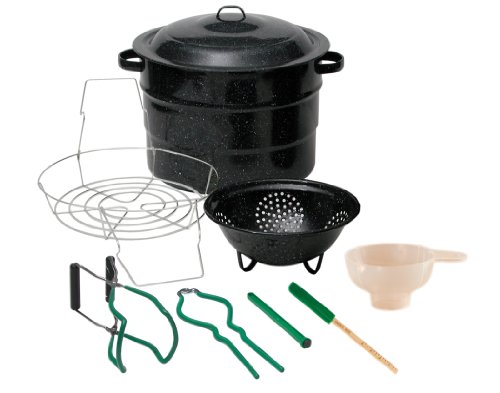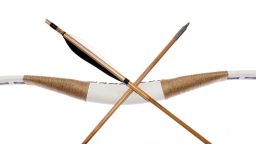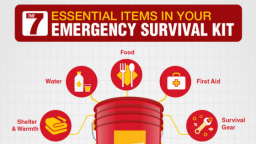The bane of every campers’ weekend getaway, poison ivy, interestingly enough is not actually in the ivy family. It’s a relative of the almond family. Who knew?
Most of the time, you only have to worry about avoiding it when you are in the great outdoors and away from urban areas. However, occasionally it will pop up in your yard. If this happens, you’ll want to make sure you wear protective clothing and accessories like gloves and even a mask to avoid the worst itching you can ever imagine.
Also, you’ll want to be very cautious about how you dispose of it, so no one else accidentally comes in contact with it either. And, whatever you do, do NOT burn it!
The smoke produced by burning poison ivy takes all of its poison airborne.
Identifying Poison Ivy
If you grew up in a more rural community, you might already know some of the rhymes used to recognize the plant and its different features. If you didn’t learn any of these, take note, they could come in handy someday.
- If Butterflies Land There, Don’t Put Your Hand There
Butterflies can safely land on poison ivy. They do it to protect themselves from predators.
- Berries White – Run in Fright or Danger in Sight
Describes the light gray to white colored berries seen in the fall.
- Hairy Vine – No Friend of Mine. Ragged Rope – Don’t be a Dope
Refers to the shaggy appearance its vine exhibits.
- Leaves of Three Let It Be
- Longer Middle Stem – Stay Away from Them
The middle leaf of a cluster of three is typically longer than the side leaves.
- Red Leaflets in the Spring, it’s a Dangerous Thing
The leaf color changes with the seasons. Red in spring, Green in summer, Reddish-orange in fall.
- Side Leaves like Mittens Will Itch Like the Dickens
A few varieties have side leaves that resemble a mitten with a thumb sticking out.
What to do if You are Exposed to Poison Ivy
If you discover you’ve been exposed, there are actions you can take to reduce the severity.
- First, carefully remove your clothing and put them directly into the washer so they can’t spread the oil to other surfaces.
- If it has been less than 10 minutes since exposure, wash your hands with soap and water and any other areas that have come in contact with the plant.
- If it has been over 10 minutes, you still want to wash up, but you’ll also be needing a remedy for the rash that is headed your way.
Poison Ivy Remedies
There are several effective over the counter treatments for Poison Ivy. There are also a few home remedies that work.
Apple Cider Vinegar
ACV gets rid of the itch almost immediately and helps neutralize the poison. Apply with cotton balls or with a spray bottle several times a day to relieve itching and help the skin start to heal.
Just be prepared to smell like a salad for a while.
Baking Soda and Oatmeal Paste
- You’ll have to do a little cooking for this one, but it’s worth it. This “recipe” can be made in bulk and stored to apply several times over the course of your recovery.
- Start by bringing 1 part rolled oats to 2 parts water to a boil. Remove from the heat and cover until all the water is absorbed by the oats.
- Stir in 1 Tbsp Baking Soda for every ¼ Cup oats and mix well.
- If the paste is still very hot, you can add some cold water or an ice cube to bring it down to warm.
- Apply the paste thoroughly to the affected areas. Relax while you let it dry out, then carefully brush off the dried paste.
- Repeat 2 times a day as needed.
- For an all over treatment, mix the paste into a lukewarm back and soak for a while.
Conclusion
If possible, just stay away from poison ivy.

















